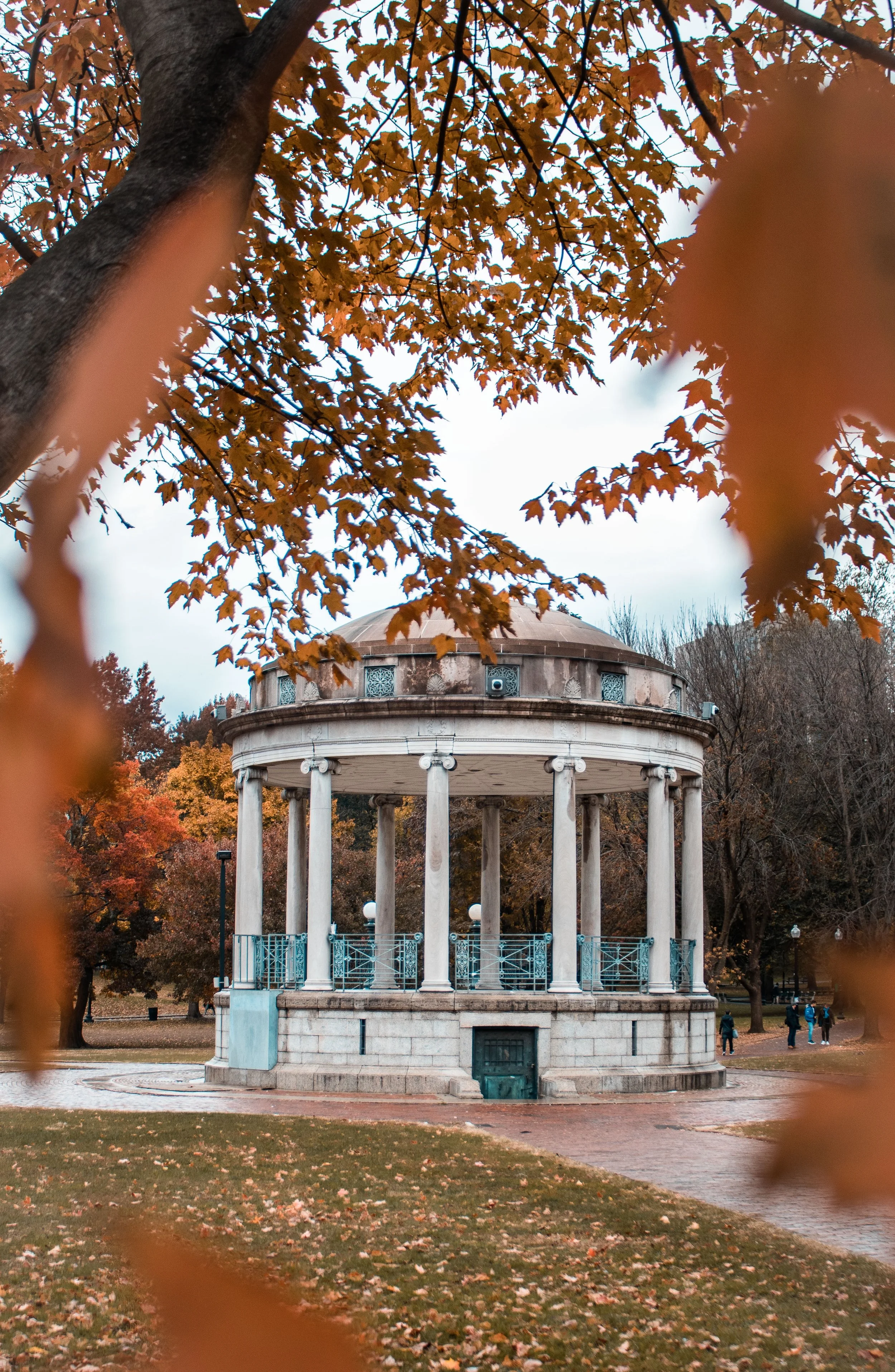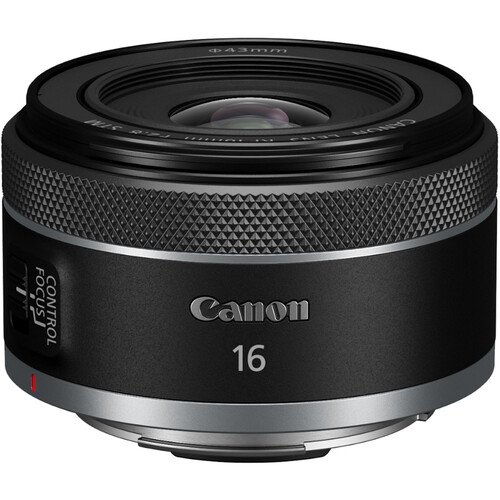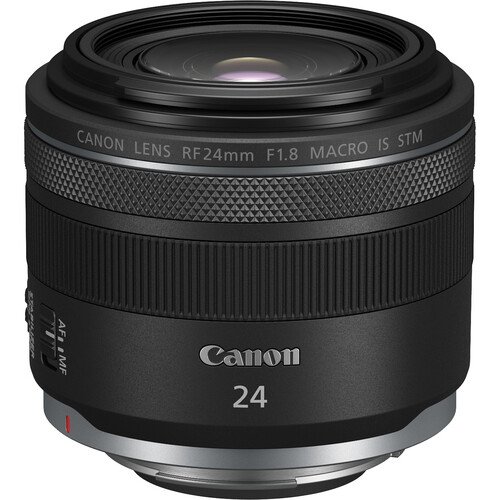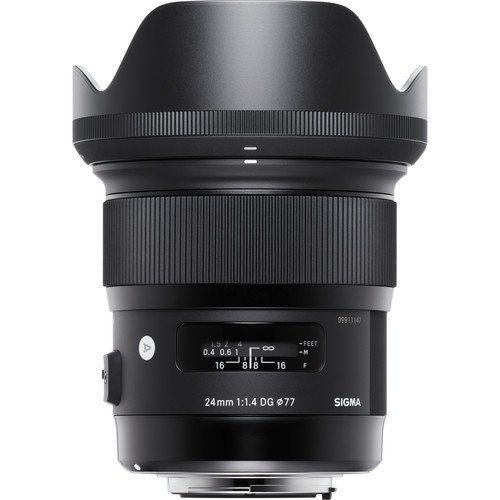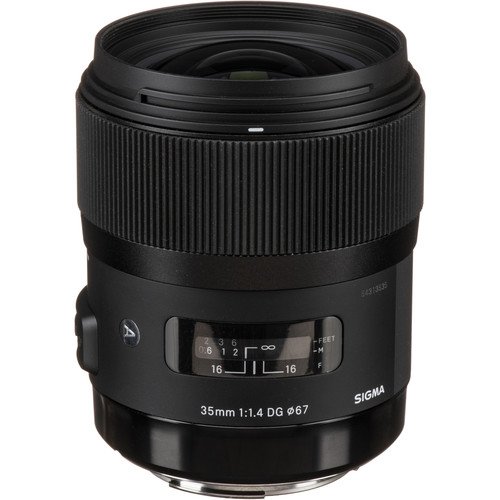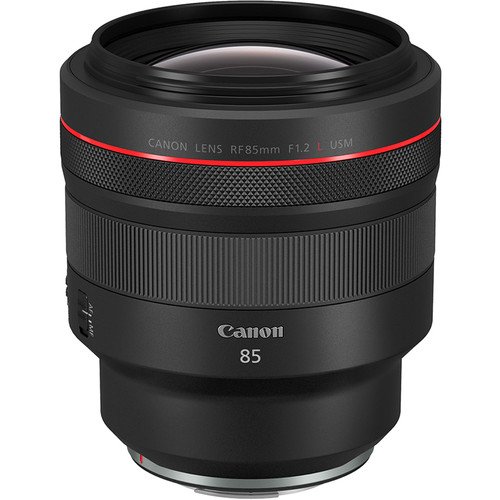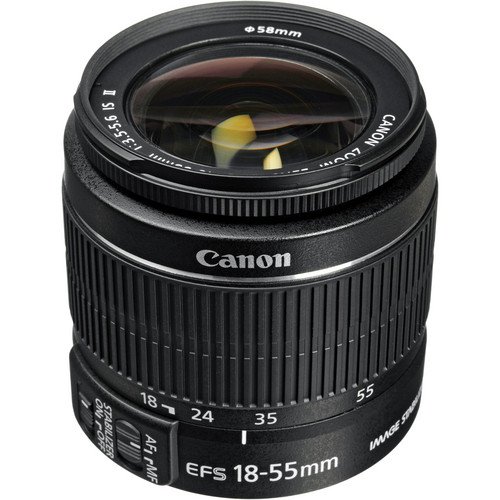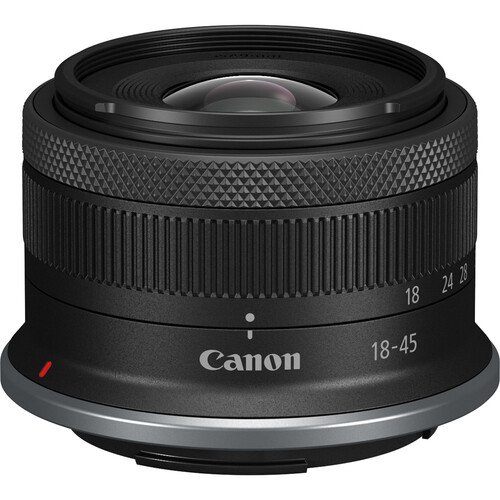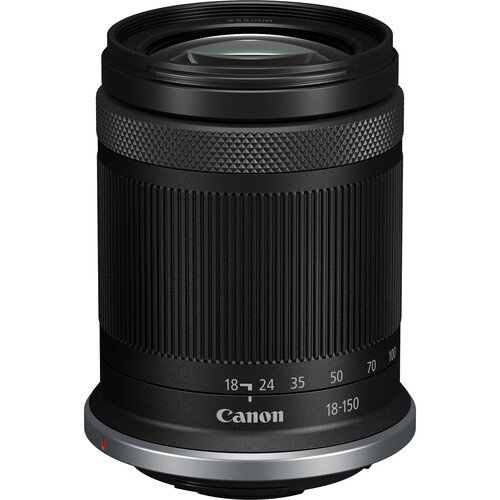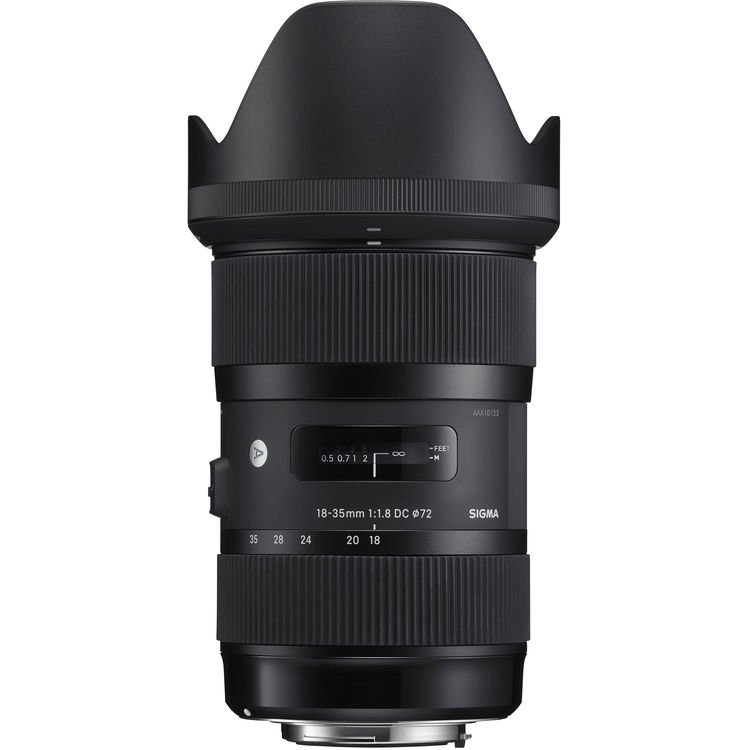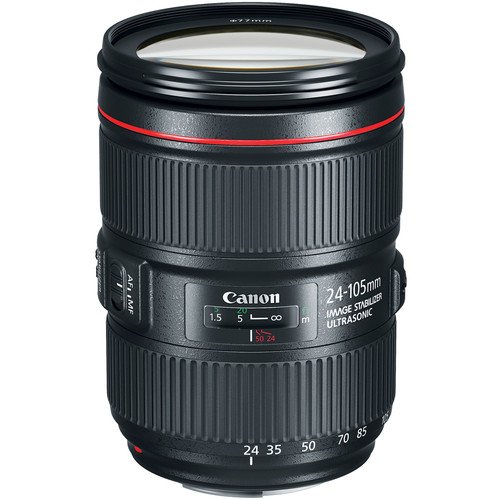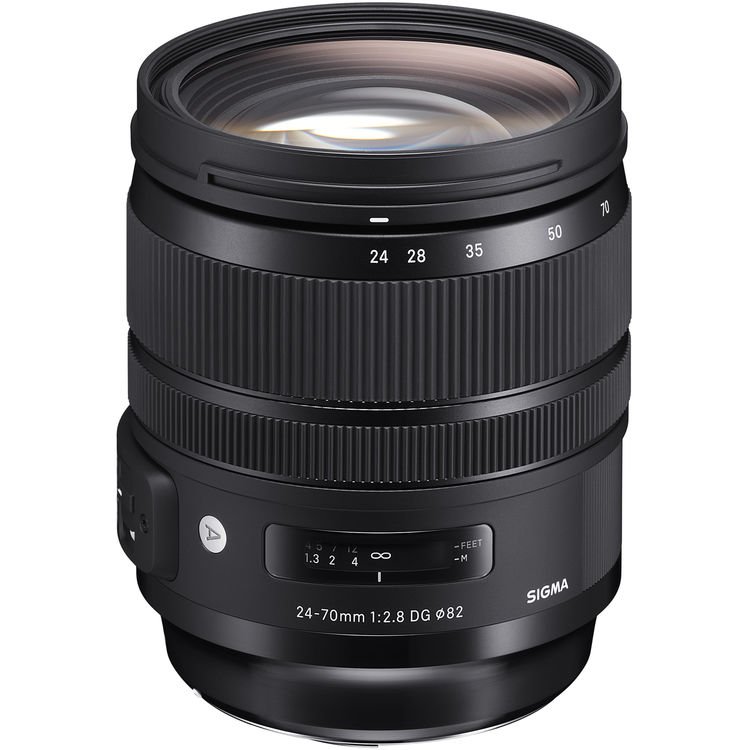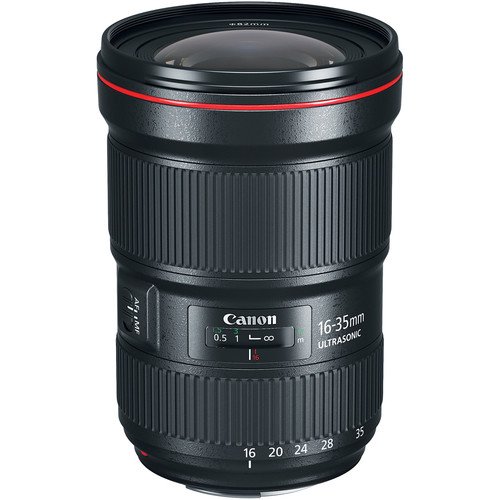While I do think there is often an overemphasis on camera choice over other aspects of production (especially on social media - good audio and lighting is equally if not more important than camera choice), being able to assess what camera is right for you or the job you are trying to accomplish is crucial. It can be an overwhelming decision too, with so many options out there and things to consider.
Here is my non-exhaustive list (in no particular order) of key considerations to take into account while determining what camera you want to use for a shoot:
What format do you need to shoot in? (HD, SD, 35mm Film, Super8, etc.)
The basic decision that needs to be considered here is whether you are shooting digital (4K, Ultra HD, 2K, HD, SD, etc), on tapes (MiniDV, VHS, etc), or on film (35mm, Super 35, 16mm, Super16, 8mm, Super8, etc).
What types of shots are you trying to get? (Handheld, Tripod, Steadicam, Jib, Gimbal, etc.)
From a more practical perspective, this is where the camera’s weight can come into play.
Handheld can be difficult with smaller cameras than larger ones, but you also have to factor in how much you can physically lift. With larger cameras, this is where something like an EasyRig can be helpful.
Tripods are built to handle specific weight ranges. This is crucial not only for safety reasons, but also for how the tripod performs. (You don’t want to put an ARRI Alexa 35 on a $10 plastic tripod and you’d look pretty silly putting a Sony a6400 on a tripod designed for cameras over 30 pounds)
Gimbals are similar to tripods, they are only made to handle so much weight. If your camera is too heavy in particular, it can be hard to balance (if not impossible) and damage the motors of the gimbal.
Jibs and Steadicams are also built to handle a certain amount of weight. With a Steadicam, if your camera is extremely light, the operator will have to find a way to add additional weights to get the Steadicam to balance properly.
Do you need to match existing footage?
If you’re working on a project where footage has already been shot and you need to seamlessly integrate new footage, you’ll want to consider that fact in choosing a camera. Each camera manufacturer uses different color science in their cameras, and that color science can also vary between different models. With modern advancements in color correction, programs like Adobe Premiere Pro and Davinci Resolve can color match most cameras, even if they are from different manufacturers, but this should no be used as a crutch for all situations. As always, achieving what you need in camera is better.
Do you need multiple cameras that all match?
This goes hand-in-hand with point #3 here, but if you are working on a multi-cam style production, odds are you will want you cameras to ideally all be the same, at the very least the same camera manufacturer. This is not a hard and fast rule, you could get away with mixing cameras in some situations, but it is still something to think about.
Do you need to capture internal/on-board audio?
This is less of a consideration on most consumer and prosumer level products (phones, DSLRs, mirrorless cameras), but some high end cameras don’t have any sort of built in microphone. Many ARRI and RED cameras don’t have any built in mics, so the only way you can get audio is by feeding it an audio mix from your mixer or attaching an external microphone of some sort. Unless you sync your video and separately recorded audio on set using timecode, this can pose a problem for syncing your video and audio in post production if you record to one of these cameras and don’t feed it any audio.
Do you need external audio inputs? What kind of inputs?
If you’re planning on hooking up some sort of microphone to your camera, you’ll want to know what kind of audio inputs a given camera has (could be 3.5mm, Mini XLR, or XLR) and how many of them there are.
What kind of lens mount will you need? (PL, Micro 4/3, EF, RF, etc)
If you have a certain lens or set of lenses you’d like to use with the camera, you have to make sure that you pick a camera with the right type of lens mount. Otherwise, you won’t be able to use the lens at all, or you’ll have to see if there is an adapter available for the conversion you need to make. Not all lenses can be adapted to all lens mount types, and some lens adapters do have an effect on the image, such as adding a crop. It’s also important to note that lenses are designed to fit certain sensor sizes. For example, if you attempt to put certain Super35 lenses on a full frame camera, you’ll notice some possible deficiencies in the lens quality, such as vignetting.
Do you need something that can go underwater?
Certain cameras, like modern GoPros, are waterproof and don’t require any sort of housing to keep them safe (up to a certain depth). But most other cameras require special underwater housings to be able to go deep underwater. Often people will use the fish tank trick to achieve an underwater effect, but if you need to go deeper you’ll need a waterproof housing. This can limit your camera selection, because not all cameras have waterproof housings available.
Do you need a camera with SDI inputs? HDMI?
Knowing all the ports available to you on a given camera is important. If you plan on sending your camera’s feed to an external source (whether that’s to another monitor, to a computer, etc), you’ll need to know what outputs it has. HDMI is often found on more consumer/prosumer level cameras (and can come in a variety of sizes - standard HDMI, mini HDMI, micro HDMI). It isn’t always as secure as an SDI connection, which physically locks into place. SDI is more commonly found on higher end equipment. Something important to note as well - a signal can be carried further with SDI than HDMI, which is why you don’t really find HDMI cables in lengths longer than 50 feet.
Does the camera need to have good low light performance?
A common trap less experienced filmmakers fall into is picking a camera that has extremely good low light performance (such as the Sony A7sIII) and thinking they don’t have to worry about having a good lighting setup. A strong lighting setup should come first before worrying about a camera’s low light capability. Although, this aspect is still important to consider in many circumstances. It just shouldn’t be used as a crutch to forgo good lighting. A camera with good low light performance can be important when shooting in naturally dark spaces where you may not be able to bring much (if any) lighting (ex. a concert if you’re a concert videographer). Assessing a camera’s low light performance involves many factors, such as dynamic range, available bit depths, sensor size, and more.
Do you need to shoot in slow motion? Super slow motion?
Not all cameras shoot in high frame rates or have slow motion modes (such as Sony’s S&Q mode) available. Many lower end cameras only shoot up to 60fps, and if they do shoot at higher frame rates like 120fps, you are limited to only shooting in 1080p HD. This is important to look into if you want to shoot something in slow motion. If you want to shoot in a super slow motion format, you might be limited in your choices as well. There are a few different cameras now that can shoot 240fps (such as the GoPro Hero 10 and Sony A7sIII), but if you want to go beyond that you’ll have to look at high end cameras like certain RED cameras (the highest they offer is 600fps) or Phantom cameras.
Does the camera need to have both photo and video capability?
Having a hybrid camera solution can be useful if you’re doing a lot of both photo and video production. An example would be the Canon R5C. The R5C is a more professional hybrid camera solution, as it contains the same excellent photo capability of the R5, but also incorporates many great aspects of Canon’s cinema cameras. To me, the Canon R5C is like an R5 and Canon C200 put together, in one small body. Part of this decision comes down to preference, as certain folks might like to have two separate, dedicated cameras for these tasks.
Does the camera need to be able to shoot LOG? RAW?
Not all cameras have the ability to shoot LOG or RAW footage, even though it is becoming more and more common to find. Certain cameras may only shoot certain types of LOG or RAW too. The Canon R5C, for instance, only shoots in C-Log 3, whereas the higher end Canon cinema cameras, like the C300 MKIII, can shoot C-Log 2 and C-Log 3. Some camera manufacturers also offer varying degrees of RAW shooting too, such as Canon’s Cinema RAW Light.
Does the camera need to be able to shoot at a certain bit depth?
Bit depth can be important to consider, especially if you are planning on doing heavy color correction/grading, VFX work, or green screen keying. Many consumer level cameras only shoot in 8-bit, which has a low amount of color information. Many prosumer level cameras can shoot 8-bit, but also 10-bit, which includes more color information. 10-bit is suitable for most general video production situations, but again if you are planning on doing heavy grading or VFX in post, you might want to look into a camera that is capable of 12-bit.
Does it need to have built in ND filters?
Having a camera with built-in ND filters can be great for certain situations. If you work on more run-n-gun style productions, such as documentaries, having a camera with built-in NDs can be not only a time saver, but the difference between getting the shot or not. Built-in ND filters do have certain limitations though, as many don’t go beyond 8-stops or so.
Does the camera have all the in-camera monitoring features you want?
Not all cameras come with all types of monitoring features, even though they are becoming more standard. If you need monitoring features like false color, focus peaking, RGB parade, etc. - you’ll want to make sure the camera you’re looking at has that. If you end up opting for a camera that doesn’t have some of these features, you can also buy an external monitor that has these features as well.
Do you need to be able to record for long durations?
The ability to record for long durations can be important if you are shooting long form interview pieces or something like a podcast. In a way, this kind of marks the distinction between what manufacturers view as a video-focused camera or a photo-focused camera. You’ll find a lot of consumer and prosumer level DSLR and mirrorless cameras do not shoot for durations longer than 30 minutes. This is in part to prevent overheating, especially since many of these camera bodies are so compact, and control memory management. Some say that this limit also comes from the fact that in the European Union, there is a bigger tax on cameras that are able to shoot over 30 minutes, as they are classified as video cameras after that point. Camera manufacturers created this limit to avoid the tax. If you want to record for longer durations and have no limits, you’ll want to look for that in the specs of each camera you look at.
Do you need the camera to have reliable autofocus?
You don’t need autofocus in all situations, such as when you have a dedicated focus puller on set or your subject is fairly stationary so you can just dial focus in manually yourself, but it can be important for certain circumstances. Autofocus capability in cameras has come a long way, with Canon and Sony having some of the best autofocus systems out there. It is important to do your research though, because not all autofocus is the same. For example, Blackmagic Pocket Cinema Cameras have autofocus capability, but in my experience as well as other’s, it does not work well at all.



